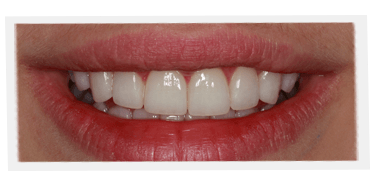
It takes a lot to understand the psychology of confidence. We emulate superstars, holding them to high esteem, and routinely compare ourselves to what Hollywood has deemed “The ____ Smile”. Below is an interesting excerpt from my book, A Guide to the Perfect Smile, where I briefly introduce this concept of the Julia Roberts smile, and asking oneself, “Will the smile…like you?”
“What’s in a Smile”
Patterns, Stages, and Types
Knowing yourself is of paramount importance to any area of your life. That’s the message of today’s Tony Robbins as he inspires Fortune 500 executives to believe in the power of self-knowledge. It was the message in ancient times, too, when the Greek philosopher Socrates said, “Know Thyself.” Self-knowledge comes into particular focus when you’re thinking about having work done on your smiles.
People often come to me with a picture of Julia Roberts or Pamela Anderson and say, “I want that smile.” If I tell them it’s not possible, they panic. They think there’s some kind of shortcoming in their treatment or that they have a problem that can’t be fixed. I quickly explain that the challenge is not for them to get a specific smile they like, but to get a smile that likes them – one that is right for them.
Think of it this way: The most efficient way to shop for shoes is to ask to see everything the store has in your size. There’s no point in lusting after shoes that are too small or too large to begin with. The perfect smile for you is one that fits you, one that’s in harmony with your facial realm.
The beginning of finding your perfect smiles is for you to find out who you are. If you and your dentist can work together to understand the way your muscles, face, and jaws all work and to identify your smile patterns, you can get your perfect smile. The dentist must match the angles, the lines, and the emergent form of your face, teeth, and smile. If they can get your teeth to follow your face lines properly, then you will actually have the right smile for you.
To understand this better, think about lipstick companies and their advertisements. They show the different ways that different lipsticks affect the lips, and vice versa. They show lips that are round, oval, ovoid, long, thin. They illustrate how different colors of lipstick enhance certain aspects of the look of the person. In the same way, dentists, even though they may not fully change your smile, can enhance aspects of your smile by understanding your current smile, your desired smile, and the many variables of your facial structure, jaws, and teeth.”
Edward S. Philips, D.D.S.



